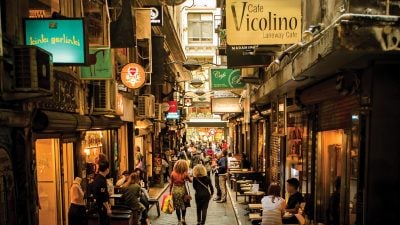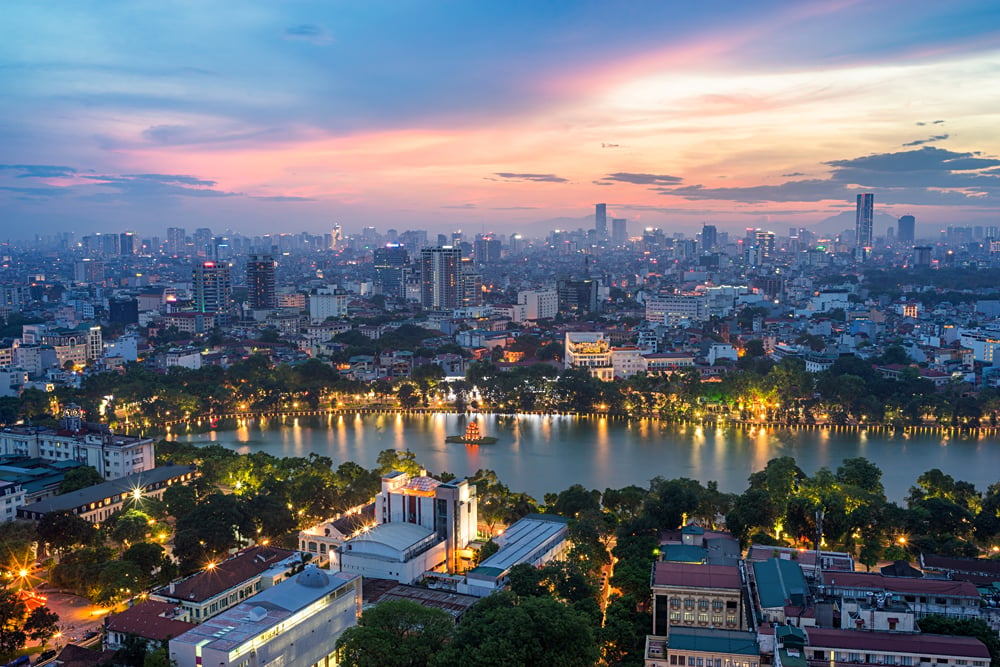
Hanoi: Exploring a Thousand-Year-Old Vietnam Vacation Highlight
Plenty of big names come up when looking at an Asia tour. Hong Kong, Bangkok, Singapore… All of these are great stops to add to your itinerary, but one capital city takes pride of place on the “favourites list” of many Globetrotters. Despite being the capital of Vietnam (with a population of over 7.5 million), Hanoi doesn’t have the big city bustle of Bangkok, Kuala Lumpur, or even its southern Vietnamese neighbour Ho Chi Minh City. Instead, this thousand-year-old city brings that extra layer of culture and charm to your Vietnam vacation. Explore the intimate streets of the Old Quarter, bask in the colonial splendour of the French colonial district, pay your respects to “Uncle Ho” in the government quarter, or get out to see the beauty of Sapa, or Halong Bay.
Shoe Street? Toy Street? Bathroom Street? Head to Hanoi’s Old Quarter
Hanoi’s Old Quarter is a UNESCO World Heritage Site, but it’s also the city’s beating heart and the most popular part of the city for visitors. Don’t worry about feeling overwhelmed by fellow tourists, though. The narrow streets here are so busy with locals at any given time, you’ll never feel removed from the local, ‘authentic’ city. The streets are teeming with eateries and shops selling all kinds of wares, but if a particular street seems repetitive, it’s with good reason. The Old Quarter’s streets are divided up by the type of merchandise sold. So you will quite literally walk down Sugar Street, Hat Street, or Silk Street, depending on the items traditionally sold there. Thankfully, if you’re hungry (and you’re going to be eating a lot), eateries and bars are found pretty much everywhere. We could write a dozen posts here on Vietnamese food and just scratch the surface. But if you’re looking for the Old Quarter’s best people watching, pull up a stool and a draft at Bia Hoi Corner, on Tạ Hiện and Lương Ngọc Quyến. Your fellow travellers, locals… everyone flocks to Bia Hoi Corner in the late hours of the afternoon, and at night, Tạ Hiện comes alive as the centre of the city’s nightlife.
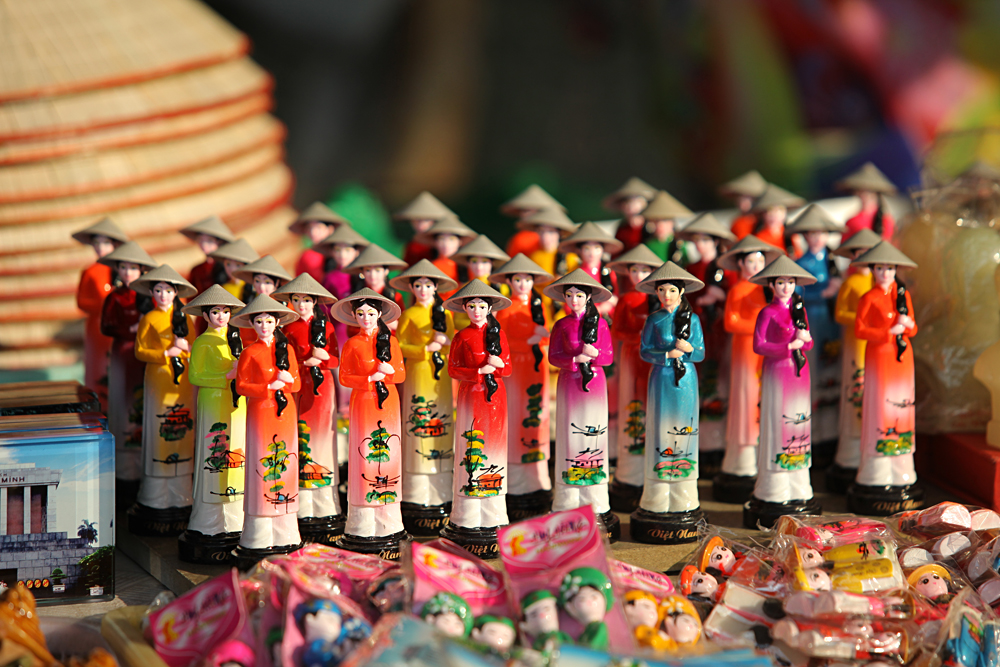
Culture and Serenity on Hồ Hoàn Kiếm
Need to get away from the bustle and noise? Just to the south of the Old Quarter, Hồ Hoàn Kiếm is a major centre for recreational life in Hanoi, and its calm waters can take on an almost mystical quality under the city’s often gray early-morning sky. Surrounded by picturesque pathways and locals practicing aerobics and tai chi, two structures rise from the mist. The one you can reach (for a small fee) is the Temple of the Jade Mountain, which honours some of Vietnam’s military and scholarly heroes. The ruined structure to the south is Turtle Tower, named for Kim Qui, the Hoan Kiem turtle, who according to legend, assisted King An Druong Vuong in defending then capital Co Loa. For me, the perfect morning in Hanoi started with a big bowl of pho and a cup of strong Vietnamese coffee from a vendor in the Old Quarter, followed by a walk around the lake. The ideal combination of great food, local life, and just a little peace and quiet before a busy sightseeing day. Hồ Hoàn Kiếm is a great destination for an evening beer or coffee too, particularly around its northern edge. Catch the view over the lake at sunset from one of the numerous bars and terraces, or to experience a distinctly Vietnamese art form, catch a show at Thang Long Water Puppet Theatre.
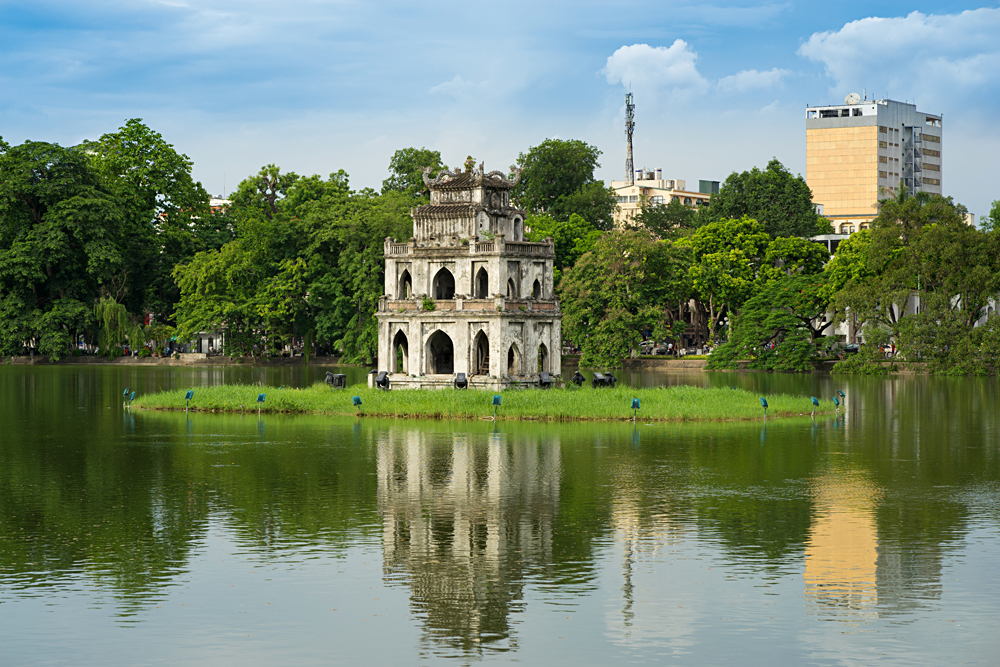
Paris of the East?
The label “Paris of the East” seems to have been slapped on every other city from Budapest to Shanghai. Hanoi’s claim is more legitimate than most, owing to Vietnam’s history of French colonization. You’ll find French-inspired architecture throughout your Vietnam vacation, and it’s made some spectacular contributions to Hanoi. The Hanoi Opera House is one standout that has been recently restored, located not far from what is now the Hotel Sofitel Legend Metropole, another stunning example of the style. These and other grand French colonial buildings can be found right through the city, though many are concentrated at the southern end of Hồ Hoàn Kiếm. This is also where you’ll find several of Vietnam’s most interesting museums including the Women’s Museum, and Hoa Lo Prison, infamously known as the ‘Hanoi Hilton’ by American POWs. The former prison doesn’t present the most balanced take on the country’s war history, but it’s a fascinating stop, particularly for American visitors.
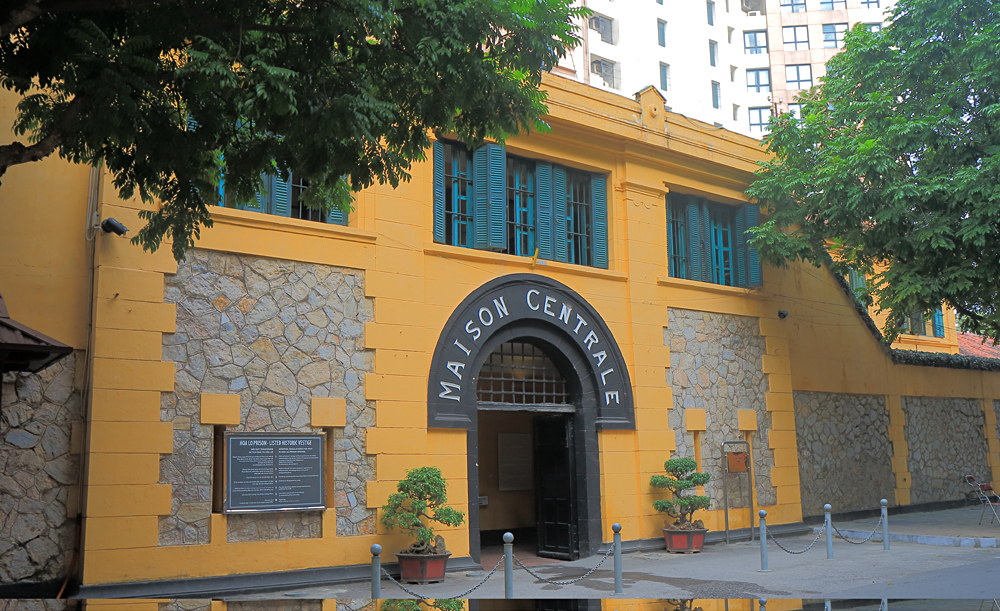
Spiritual Hanoi
While officially atheist, Vietnam has a fairly relaxed attitude when it comes to religion, and Hanoi’s temples and churches continue to play an active role in local life, both religious and otherwise. The Temple of Literature is Hanoi’s most famous, and perhaps most interesting temple. With an academic history going back over a millennium, graduating classes still hold their ceremonies here today. Equally impressive is Trấn Quốc Pagoda, which overlooks Hồ Tay to the city’s north. This is Hanoi’s oldest pagoda, dating back to the 6th century. Its picturesque setting offers some great photo ops, while the lakeside walk along Thanh Niên isn’t a bad way to unwind either. Consider adding it on to your visit to the Government district, just to the south.

Uncle Ho – Father of a Nation
The legend of “Uncle” Ho Chi Minh has somewhat eclipsed the man, who, despising bourgeois excess, left instructions for a simple cremation in death. Nonetheless, like Lenin and Mao Zedong before him, Ho Chi Minh’s body lies in state at his mausoleum overlooking Ba Đình Square, where he first proclaimed Vietnam’s independence in 1945. Visitors queue for hours simply to view the “father” of modern Vietnam, though some come away disappointed, as the mausoleum is often, irregularly closed. Even if Uncle Ho isn’t taking visitors when you drop by, those with good timing can catch the changing of the guard, a precise daily ritual with all the pomp and ceremony you’d expect. You can also see the grand Presidential Palace, Ho Chi Minh’s stilt house, and an extensive museum telling the story of Vietnam’s push for independence from a local perspective.
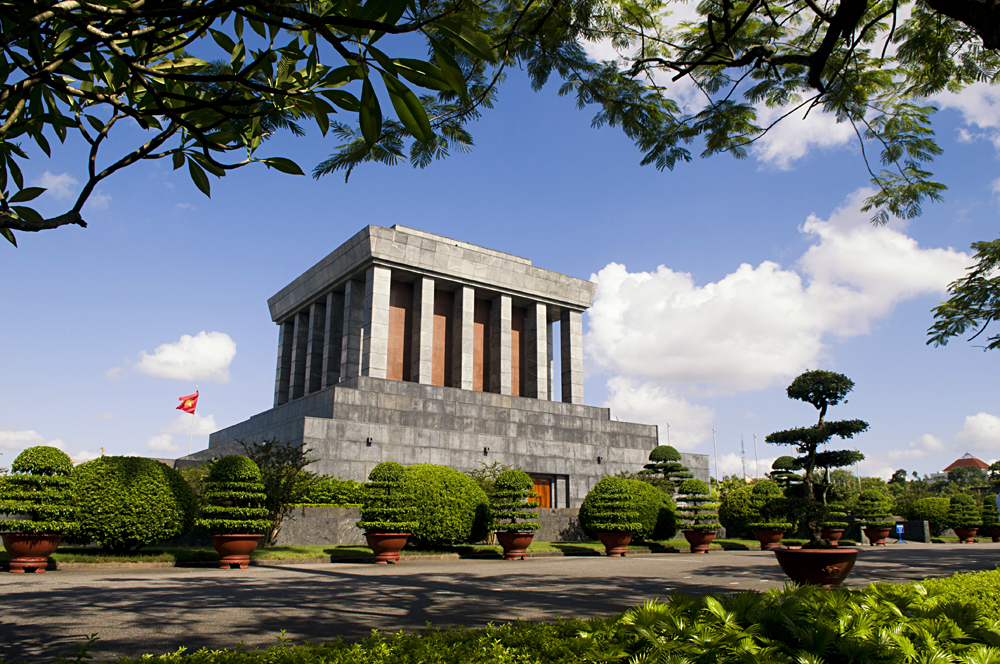
Food Glorious Food
I can’t even begin to do justice to the variety and deliciousness available on the streets of Hanoi. If you’re looking for a place to skip ritzy eateries and still enjoy the best local flavours, while on your Vietnam vacation, you may be in food nirvana. A Vietnamese staple you’ve probably heard of or tried, pho, originated in Hanoi. Pronounced “fur,” this is a blend of thin noodles, herbs, possibly spices, and usually some form of meat, typically chicken (pho ga) or beef (pho bo), all served in a delicious hot broth. Many of the ingredients are served on the side, so you can tailor the flavour and spice level to your taste. You’ll find pho all over Vietnam, but it’s a wonderful (if unusual, for westerners) way to start the day in Hanoi. If you’d prefer a more traditional, carb-based breakfast, Vietnam has perfected the art of the neighbourhood bakery since driving out the French occupation, so delicious pastries aren’t hard to track down either. In either case, you’ll want to follow up with some coffee. Vietnam is the second biggest coffee producer in the world after Brazil, and its take on coffee -an unusually strong and sweet concoction made with condensed milk – is highly addictive! For a local specialty, try egg coffee, the flavour of which somewhat resembles tiramisu.
And that’s just breakfast (though both are good at any time!). Sample grilled pork and vermicelli, fried into bite-sized pieces of deliciousness. Or pick up a banh mi sandwich if you’re looking for a cheap snack. Try the unique local takes on stir fried noodles, spring rolls (often fresh, rather than fried in Vietnam), and pork wrapped in steamed rice paper. If you’re really feeling adventurous, you can even try false dog. Yes, dog is a part of traditional Vietnamese cuisine. However, its fading popularity has led to the creation of far more palatable (and less confronting) dishes cooked in the same style, using more familiar meats such as pork. This is one way to satisfy your curiosity without having to…well.
The key factor in Vietnamese cuisine is freshness. For the most part, you can expect lighter than average meals with lots of fresh ingredients. There is no shortage of healthy, cheap, delicious food to suit any taste in Vietnam!
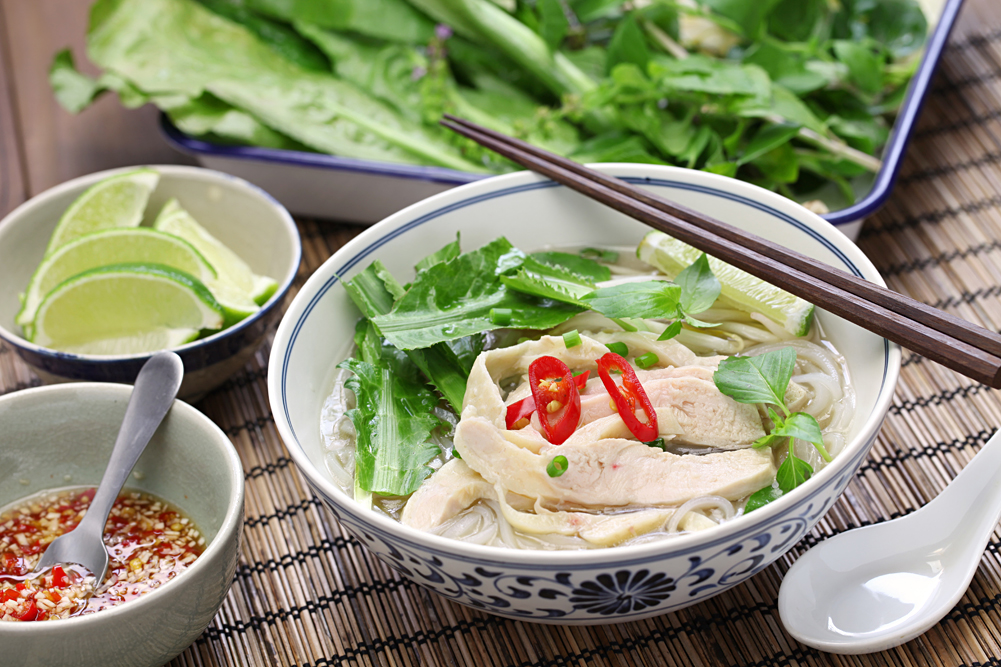
Getting Out of Town – Bays, Caves, and Mountain Treks
There are two main destinations outside Hanoi that you should consider adding to your Vietnam vacation. One needs little introduction, and may well be what brought you to Hanoi in the first place. Halong Bay is one of the most surreal and enchanting natural sights in Asia. Limestone islands rise from the blue-green waters, harbouring intriguing caves, small, secluded beaches, the occasional man-made structure, and a surprising amount of wildlife (look for monkeys climbing the cliffs as you explore). Once in Hanoi, you will be inundated with options for Halong Bay cruises, at a wide variety of price points, with an equally wide variation in quality. If you’re going it alone, check with your hotel reception for reputable operators. Alternatively, book your trip before arriving in Hanoi. This of course is a little more expensive than booking ‘on the ground,’ but it will save you precious time and guesswork finding a deal, or bargaining with local providers. Above all, don’t book a 1-day trip to Halong Bay. It’s a four hour drive each way, which leaves you almost no time to enjoy one of the most beautiful spots you’ll see on your Vietnam vacation. A 2-day trip is a good minimum, while a 3-day trip gives you time to explore the Bay in detail and see sections and villages many visitors will never reach.

The other signature Vietnam experience you can have from Hanoi lies to the north, near the Chinese border. Sapa enchants its visitors almost immediately with its small-town feel and gorgeous mountain lake setting. But it doesn’t stop there. Home to a variety of ethnic minorities including the Hmong, the Dao, Giay, and Tay peoples, this is one of the most colourful and varied towns in Vietnam, even with its small size. Active travellers may want to embark on a hill trek to meet the local people and enjoy the spectacular scenery. There’s also a wide range of homestay options available if you really want a local immersion. Understand that you’ll need a permit to enter some of the surrounding villages, so arrange this before you leave Sapa. In addition, the town’s popularity means no shortage of touts. Use your good sense and the bargaining techniques you’ve honed in Hanoi, and Sapa will be a highlight of your Vietnam vacation. Oh, and take the eight hour train ride if your visit isn’t pre-booked. The scenery is too beautiful to try and see from a cramped bus.
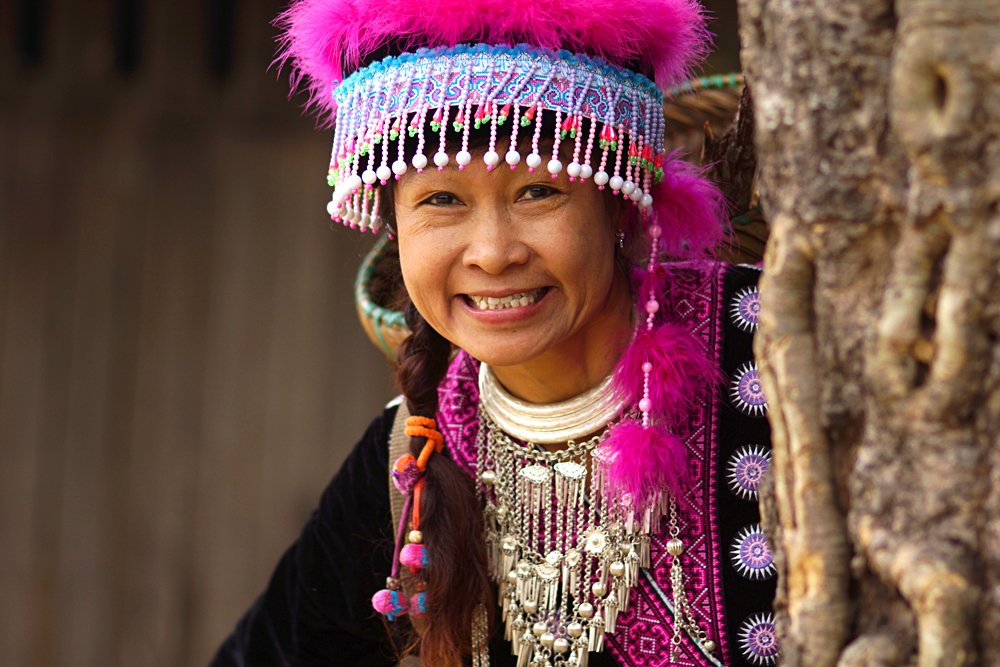
Final Notes on Hanoi
Home to one of Asia’s most enchanting old towns, the vibrant cultural heart of Vietnam, and one of the best value city breaks anywhere in the world, Hanoi is sure to be a standout city on your Vietnam vacation. But there are some things to keep in mind to get even more out of this wonderful city.
- Unlike most of Southeast Asia, Hanoi gets all four seasons, and while the winter is mild and very pleasant, you’ll still want a warm jacket for foggy mornings. That goes double for visiting Sapa, where snow is not unheard of. Summers are also hot with frequent downpours, so be ready.
- When it comes to bargaining, don’t argue local vendors into the ground. They have to make a living too. With that said, you also don’t want to be a pushover. As a general rule, offer a third of the initial asking price, then continue negotiating until you reach a deal. Try walking away if things get stuck. If the seller is at all willing to change their mind, they’ll call you back. Trying for the same product at two or more vendors (time allowing) can give you an idea of the minimum cost. Do not reneg or argue about an agreed price. This is seen as extremely disrespectful in Vietnam and could land you in serious trouble.
- Understand that the history of ‘the American War’ is told very differently in Vietnam. Most Vietnamese see the past as the past and are very welcoming to American travellers. Just accept that you may find local versions of the story a bit confronting, particularly at official museums such as the “Hanoi Hilton” or the War Remnants Museum in Ho Chi Minh City. If you’re very fortunate, you may meet a local with personal recollections of the war (from one side or the other).
- On weekdays, the Old Quarter shuts down around midnight or soon after, at least officially. This can be disconcerting for first time visitors who arrive back at their hotels to find them closed and shuttered. In reality, some bars continue the party behind those shutters well past the apparent curfew, particularly off the main streets. It’s simply a matter of knowing where to go. If you do find your hotel ‘closed’ on your return, just knock. Most establishments will have a staff member on duty and are quite used to letting guests in after hours.
- Vietnam adopted Latin script from the French, along with a system of written accents to help with pronunciation. Vietnamese, like many Asian languages, is tonal, making speaking it a challenge for many westerners. But signs throughout the country are easy to read.
- Nguyen is pronounced “win.” It’s the family name used by about 40% of Vietnam’s population, so there’s a fair chance you’ll need to pronounce it at some point!
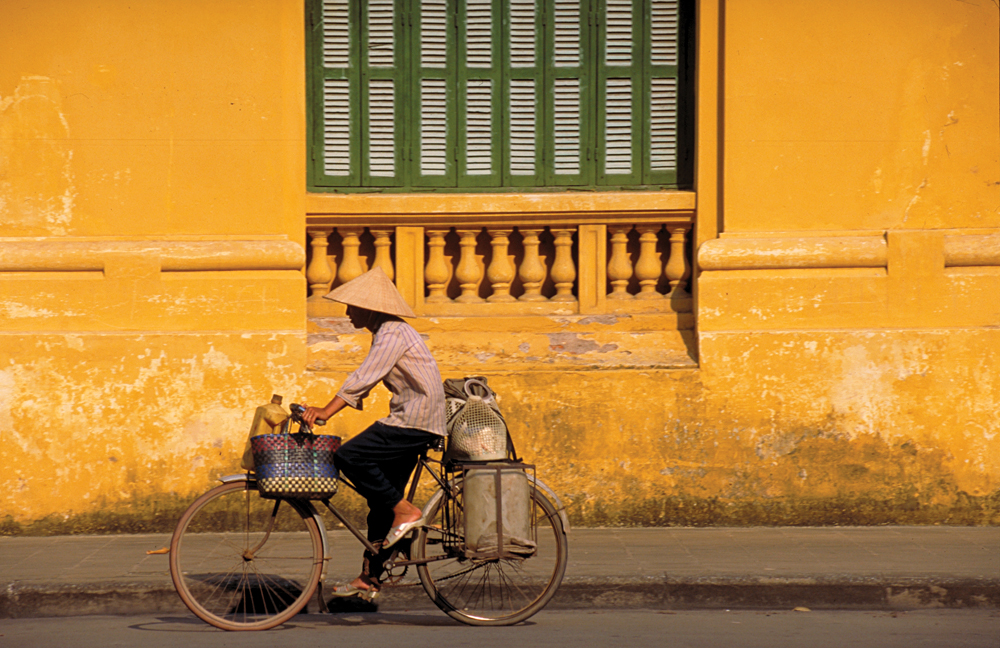
Get more travel inspiration by email.
Subscribe
1 Comment
Most Voted

Get the latest travel trends & hear about the best deals on vacations around the world.
If you’re a Globetrotter, these are the newsletters for you!
